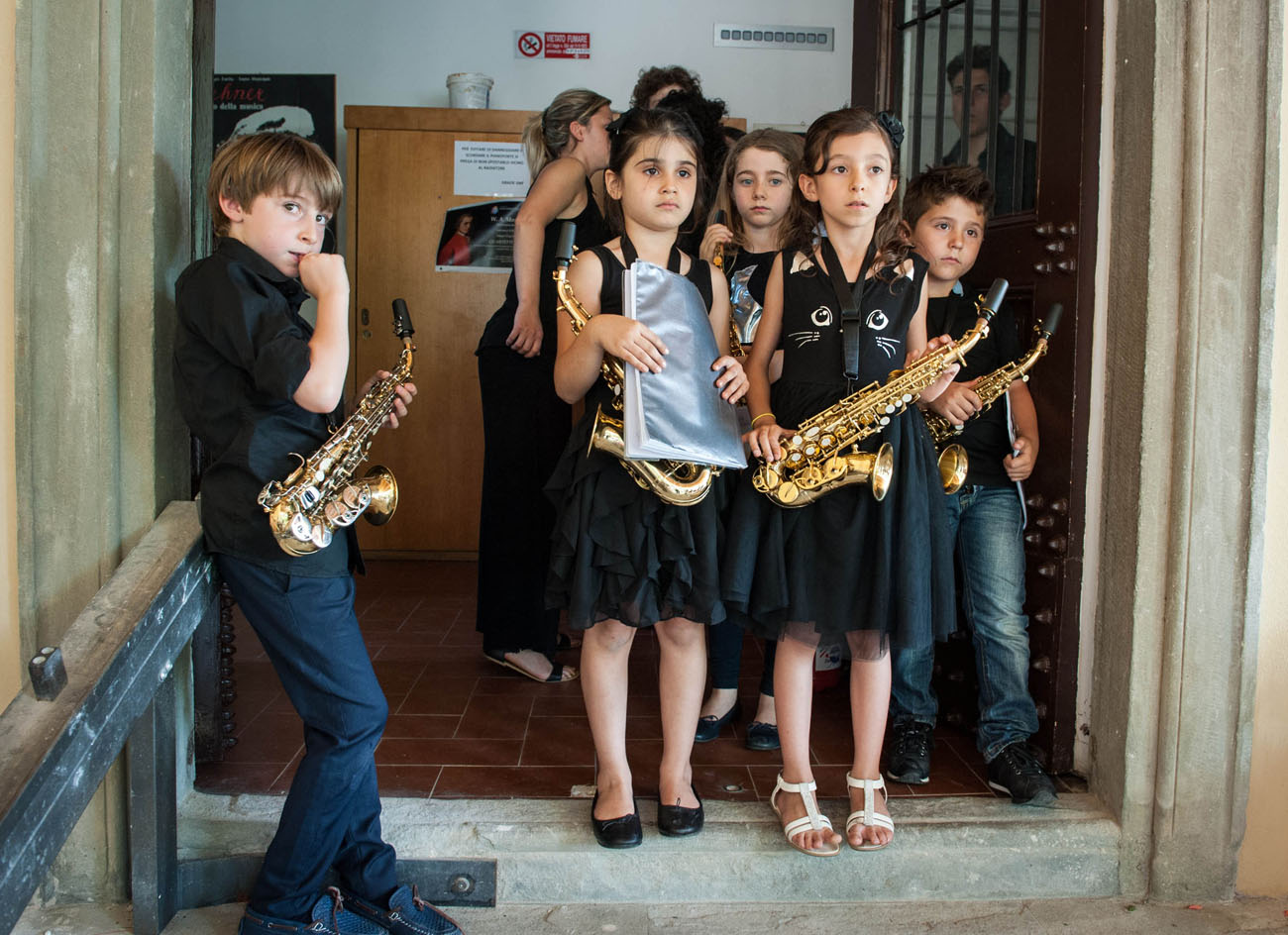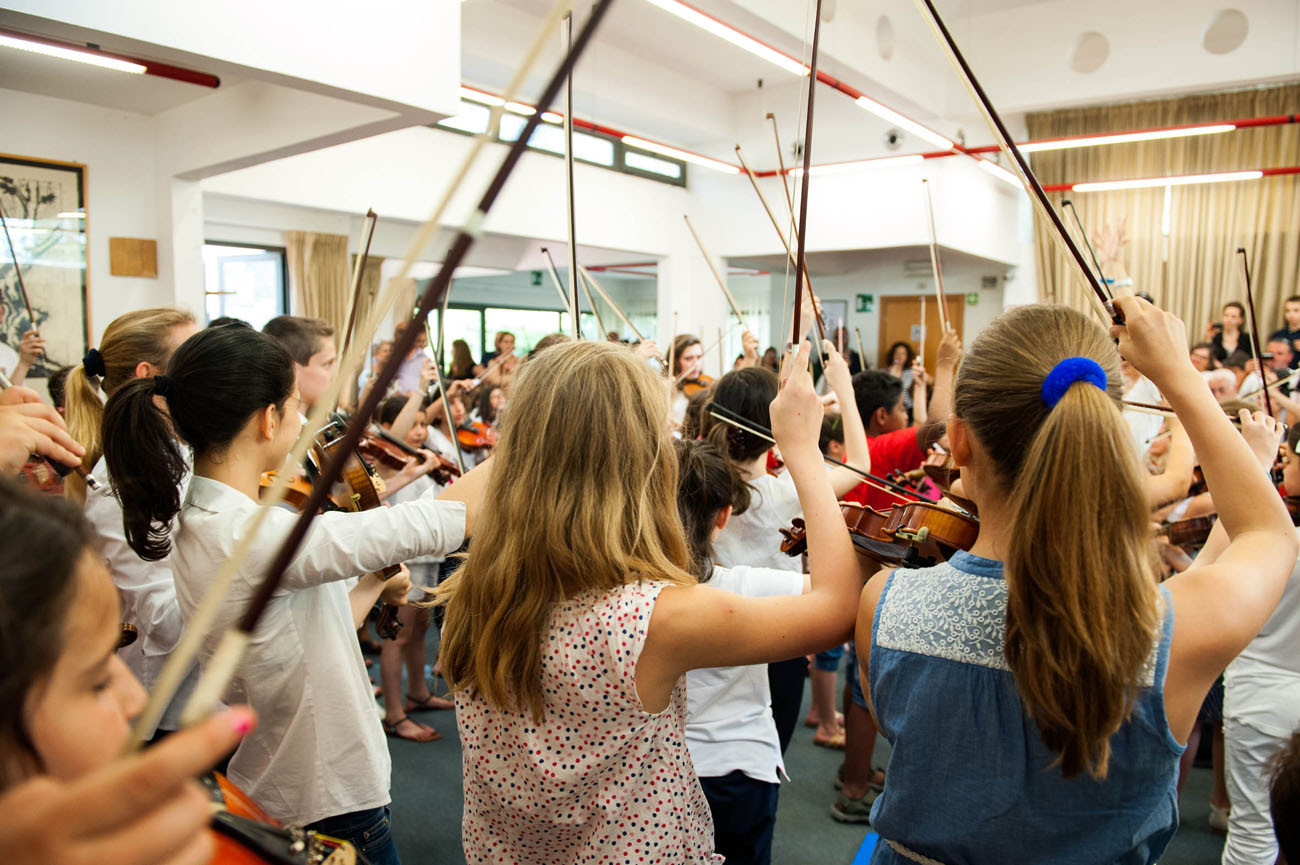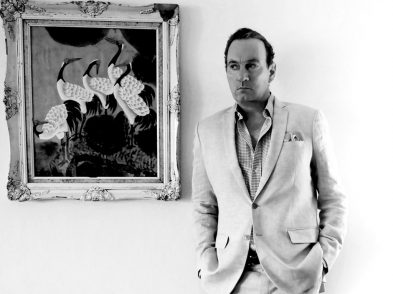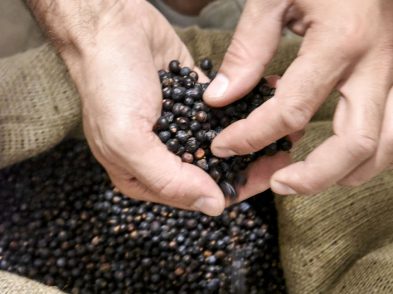Classical music schools provide quite the sensory experience. The faint smell of soft wood and dust. An interior aesthetic left unchanged for several decades. An implicit agreement of silence between the hallway shufflers in respect for the indistinct notes coming from the closed doors. In the warm first days of June, the windows of the aule are swung open, and if you stand in the quiet garden of the Villa Torraccia, the building hosting the Scuola di Musica di Fiesole, you may make out a broken piano scale in Do Maggiore. From a second window, the powerful vibrato of a young singer reverberates over the grass. An oboe’s croon is also barely audible. Magically, all three separate voices somehow combine in perfect harmony.
This atmosphere is not entirely exceptional in Tuscany, given the region’s vast classical music tradition. The 14th century saw the establishment in Florence of some of Italy’s earliest music schools, and some centuries later, the city inspired both the development of the world’s first known opera draft and Bartolomeo Cristoforo’s invention of the piano. Today, one can tune in at any time to the dulcet tones of the Prato-based Rete Toscana Classica, Italy’s only 24-hour radio station.
Tuscany’s most important school is certainly the Conservatorio Luigi Cherubini, appropriately located in piazza delle Belle Arti. As one of Italy’s 55 state-run conservatories, it is much like its foreign counterparts: a place for serious academics that will send well-groomed alumni on a path to profession. Its rigour can be intimidating to amateur musicians, like myself, who enjoy a passion for beautiful music without wanting to make it their life. This tends to be a characteristic of Italian musical education: it is a serious discipline not to be “democratized” through integration into the normal school curriculum, as might be done elsewhere. The lessons should radiate from the experienced baton of a maestro, while sitting in an austere classroom of an independent institution.
Strict entrance exams are also a must, to distinguish the serious students from the not so serious. The Cherubini is the only conservatory in Tuscany, but various affiliated public institutions, such as the renowned Rinaldo Franci Institute in Siena, also provide university level qualifications. The minimum entry age to these schools is frequently as high as ten, although schools like the Luigi Boccherini Institute in Lucca or the Pietro Mascagni in Livorno have begun introducing courses for children as young as three. State-run schools like the Cherubini play an important role, providing students with a truly comprehensive musical education, with scholarships and progressive fees according to family income.
It is the whole package: a weekly intermediate flute lesson, with solfeggio and theory on a Wednesday afternoon, and the required half hour of introductory piano. The experience is holistic, and the student develops a well-defined rapport of time and space with the institution, also through interactions between students for chamber and orchestral music.
This is very much true for the Scuola di Musica di Fiesole, founded in 1974 by the distinguished violinist Piero Farulli, and one of the most prestigious privately funded music schools in the region. Quietly obscured by the cypress trees of San Domenico, it receives little money from the Comune, and is heavily dependent upon donations and fees.
And yet, the institution does very well. In a conversation I had with the school’s Superintendent, Dr. Lorenzo Cinatti, he was quick to stress the quality of teaching, citing names including the composer Sylvano Bussotti and pianist Maria Tipo. But he also makes a special point of setting Fiesole apart from its public alternatives for its accessibility. Since its foundation, at a time when other schools were employing height restrictions, Fiesole has welcomed children as young as four to the piccolissimi musici (tiny musicians) programme. “It gives everyone the opportunity to grow together with music,” Cinatti explains.
This notion of “together music“, or musica d’insieme, is fundamental to the Fiesole model. Students work within a vast network of chamber ensembles and orchestra opportunities, with their interconnected maestri constantly proposing new group experiences. Elsewhere there might be an imperative to build the musician as an individual and kick-start solo careers, but Fiesole loyally embodies the Italian tradition of building the student as part of a larger unit for collective enjoyment. A prominent example is Farulli’s Orchestra Giovanile Italiana project, which Cinatti explains “contributed to educating generations of instrumentalists that today occupy seats in some of the most important orchestras in the world”.
Fiesole is fundamentally a place to make friends and grow together, which becomes especially evident on June 24, the day of San Giovanni, when the Villa Torraccia hosts the annual Festa Della Musica. Since 1983, the school’s grounds have exploded into a vibrant playground for musicians of all ages to perform and appreciate the year’s progress. Proud parents and friends consult the day’s programme to decide where to lend their ears. For an outsider, watching the perfect balance between the children’s post-performance ecstasy and the corresponding parental pride unfold reveals an unmistakeable community.
In terms of the school’s future, the Scuola is increasingly subsidising underprivileged children with free courses, funded with help from the Cassa di Risparmio di Firenze and crowdfunding initiatives.
In the meantime, Farulli’s institution is helping transform Fiesole into a cultural hub: events organized in coordination with the neighbouring European University Institute, like the recent Sounds of Europe concert series involving the school’s Orchestra dei Ragazzi, open up an interesting dialogue between the intellectual and the musical. The Scuola’s Children’s Orchestra, gold-medal winner at the Vienna World Orchestra Festival, also inaugurated the annual Estate Fiesolana this June, the oldest multidisciplinary open-air festival in Italy.
The Scuola is a clear testament to the fact that, as Cinatti points out, “classical music is exciting young people”. In a Tuscany that stretches beyond the city walls of its capital and Conservatory, there is certainly cause for celebration. Bows at the ready.









